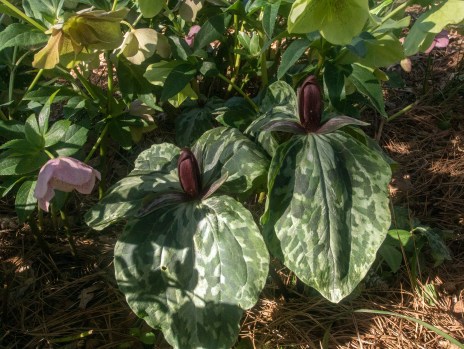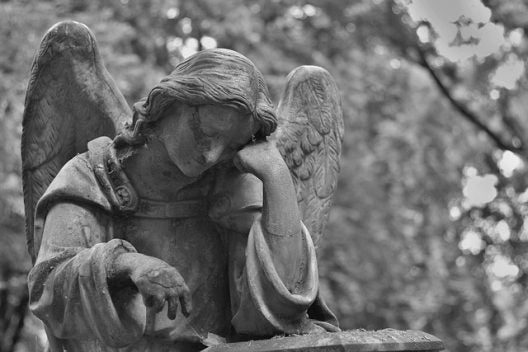The challenge of adding fall color to the garden
Published 6:00 am Friday, May 1, 2020
|
Getting your Trinity Audio player ready...
|
As most of you who have seen my garden know, it’s all about spring and early summer.
There are masses of hellebores that begin to bloom in February. They are followed by daffodils, snow drops, and hyacinths, some of which began to bloom even before the hellebores. And then in mid to late April, the azaleas, irises, and peonies begin to bloom. They’re old-fashioned garden flowers that everyone’s grandmother grew and that are still beautiful and reliable today. Peonies may be the best cut flower ever. I have about 50 in varying shades of pink, from palest of pale to deep, vibrant rose.
In a good year, the peonies give way to fragrant heirloom roses and then, finally the daylilies put on a brash show of gaudy reds, yellows, oranges, maroons, and every other color imaginable. They’re happy flowers that say that summer has arrived. They last about a month and then the garden and I usually give in to high humidity, lack of rain, and unrelenting heat. Besides, we’re sick of each other.
For some insane reason, however, I accepted a two part challenge this year: infuse more native plants into a traditional cottage garden design and use natives to push the performance of the garden later into fall.
Adding more spring blooming natives to the existing garden was easy. I interplanted the hellebores with trillium, wintergreen, Virginia bluebells, Solomon’s seal, heartleaf, and wild ginger. I also purchased 40 plugs of partridgeberry, a very well-behaved native creeper, and planted it in a shady area where there are azaleas, bulbs and, yes, more hellebores.
For early summer, I already have black-eyed Susans interplanted with the daylilies, green and gold mixed into some semi shady pockets and lots of butterfly weed growing in hot dry areas. I even have some native water lilies and pitcher plants in the bog garden, but absolutely nothing for late summer/early fall. Late September and October to be exact.
What to do? I love a good challenge.
After much late-night research, I made a list of native plants that grow in Nottoway or surrounding counties and are still blooming in September and October, have interesting seed heads, or bright fall colors. Things I wouldn’t normally plant because they are “weedy” and just don’t fit with my gardening aesthetic.
Great boxes of plants have begun to arrive by UPS and by special delivery from B and M Greenhouse. I have 50 plugs of several species of goldenrods, not quite as many plugs of little bluestem grass (the neighbors are going to hate this because it looks remarkedly like broomstraw), a dozen rattlesnake master plants, asters galore, and even some quill fameflower, not to mention Joe Pye weed and ironweed.
I’m busy resetting several old perennial beds and creating a large new one too. Nevertheless, incorporating these new native plants into my existing garden scheme feels wrong. I’ve drawn lots of diagrams, spent countless hours considering various combinations of plants, and still just want to retreat to the safety of my beloved peonies and daylilies. I may develop a serious case of hives, if this conflict continues.
We’ll see what happens. The plants are sitting on my back porch, so they have to be incorporated into the garden. I think they’re laughing at me.
CYNTHIA WOOD is a master gardener who writes two columns for The Farmville Herald. She can be reached at cynthia.crewe23930@gmail.com.







